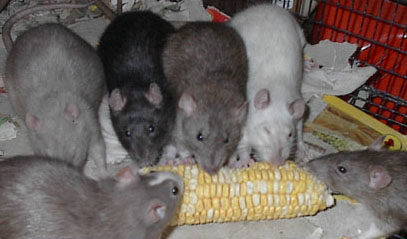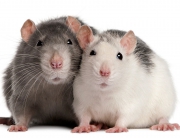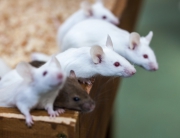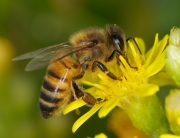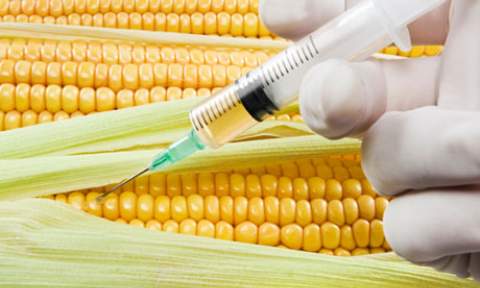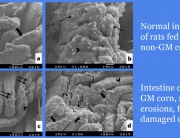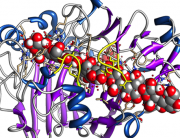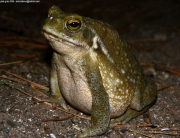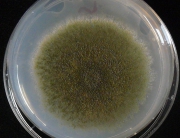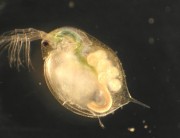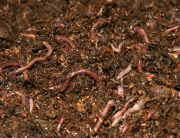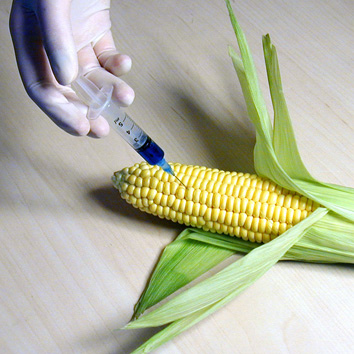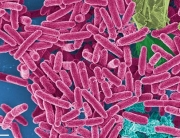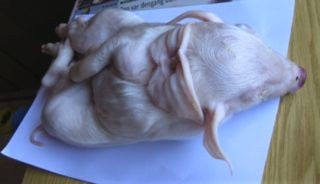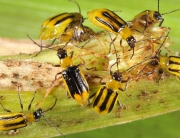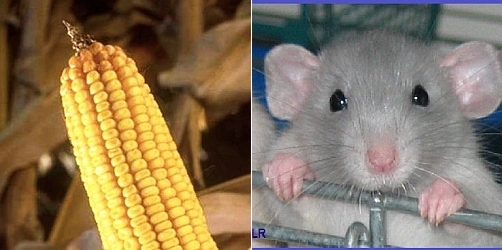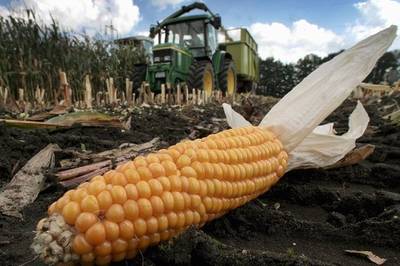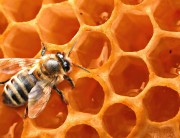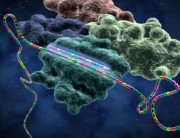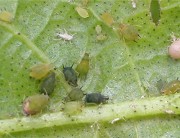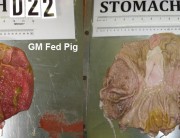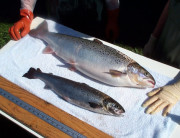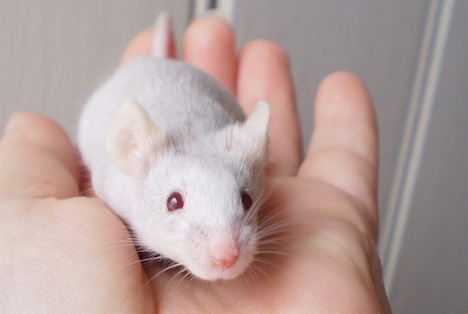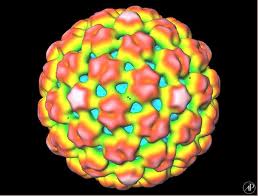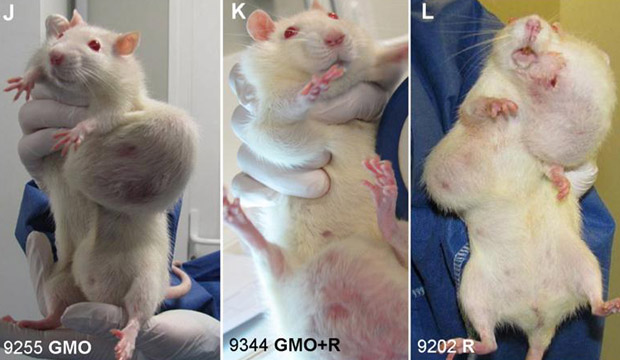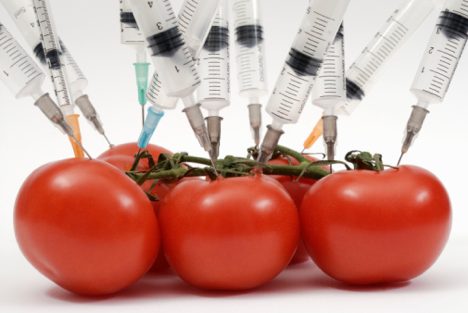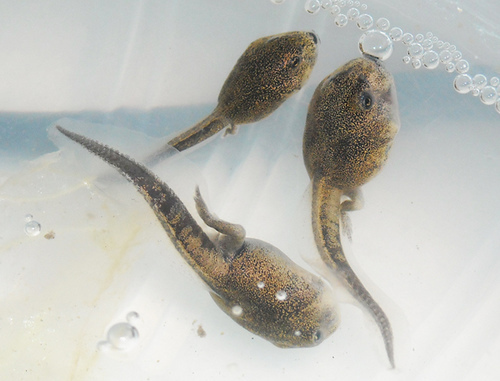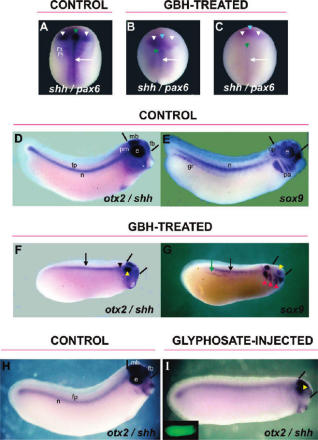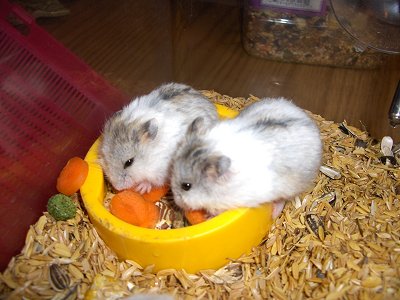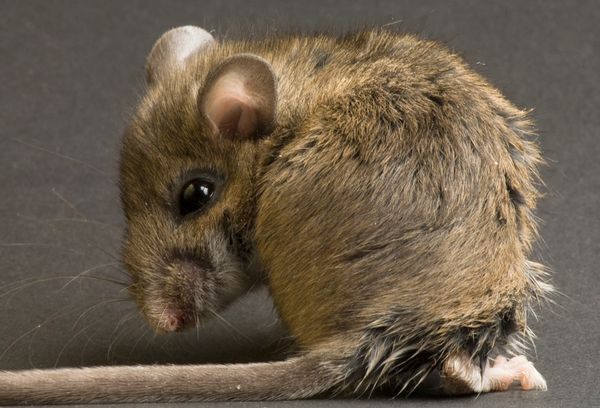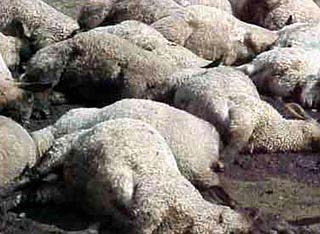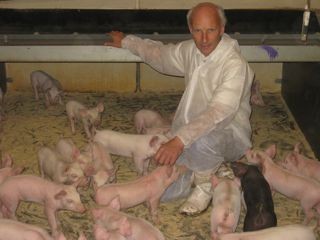In this study by Egyptian scientists a diet containing GM soy and maize fed to rats for 30, 60 and 90 days caused a wide range of toxic effects, including DNA damage, abnormal sperm, blood changes, and damage to liver, kidney and testes.
Some of the same team of researchers have also published a separate study which showed that ingested fragments from the CaMV-35S promoter used in many GM crops incorporated into blood, liver, and brain tissues of experimental rats.
1. Biological impact of feeding rats with a genetically modified-based diet
Source: http://www.scribd.com/
Authors: Hanaa Oraby, Mahrousa Kandil, Nermeen Shaffi, Inas Ghaly
Abstract
This work was conducted in the context of postmarketing biosafety assessment of genetically modified products. It presents a systematic approach based on a chronic toxicity study on Wistar albino rats, with a range of combined parameters including biochemical, histopathological, and cytogenetic to evaluate the negative impact of a genetically modified (GM) diet on animal health. Histopathological and biochemical analysis procedures were performed in the liver, kidney, and testis. Cytogenetic analysis was evaluated in germ cells and the liver. The results revealed that the laboratory diet used in our investigation was proved experimentally, using the PCR assay, to contain genetically modified components without being labeled as such. The results of all parameters evaluated in our investigation were consistent and confirm that the GM diet fed to rats for 30, 60, or 90 days has deleterious histopathological and histochemical impacts. Biochemical alterations in alanine aminotransferase, aspartate aminotransferase, creatinine, uric acid, and malondialdehyde concentrations were also observed. Genotoxicity of the GM diet was also demonstrated in germ cells as increased numbers of cells with chromosomal aberrations and in liver cells as increased ratios of DNA fragmentation. In conclusion, the results of the present work indicate that there are health hazards linked to the ingestion of diets containing genetically modified components.
2. Addressing the issue of horizontal gene transfer from a diet containing genetically modified components into rat tissues
Source: http://www.academicjournals.org/journal/AJB/article-abstract/BE5331948800
Authors: Hanaa A. S. Oraby, Mahrousa M. H. Kandil, Amal A. M. Hassan, Hayam A. Al-Sharawi
Abstract
Genetically modified (GM) food crops are considered to have the potential of providing food security especially in developing countries. Scientists have raised concern over the hazards associated with the consumption of genetically modified organisms (GMOs). One of these hazards, which have great controversy reports, is the possible horizontal gene transfer from GM-food or feed to human or animal tissues. Many researches were conducted to investigate the presence of some transgenic sequences in animal tissues fed on GM- crops. Many of the inserted genes in the GM-crops are under the control of the promoter of the Cauliflower mosaic virus (CaMVP35S) and produce insecticidal proteins. Health hazards are suggested to accompany the ingestion of this promoter. CaMVP35S can function in a wide range of organisms (plants and animals). It has also been demonstrated that the CaMV-P35S promoter sequence can convert an adjacent tissue- and organ-specific gene promoter into a globally active promoter. The present work was conducted to evaluate the possibility of horizontal gene transfer from a diet containing DNA segments from Cauliflower mosaic virus -35S promoter (CaMVP-35S) to the cells of different organs of rats fed for three months on diets containing genetically modified components. Analysis of the results revealed that: 1) ingested fragments from the CaMV-35S promoter incorporated into blood, liver, and brain tissues of experimental rats, 2) The total mean of transfer of GM target sequences increased significantly by increasing the feeding durations, and 3) The affinity of different transgenic fragments from the ingested GM-diet, to be incorporated into the different tissues of rats varied from one target sequence to the other.





